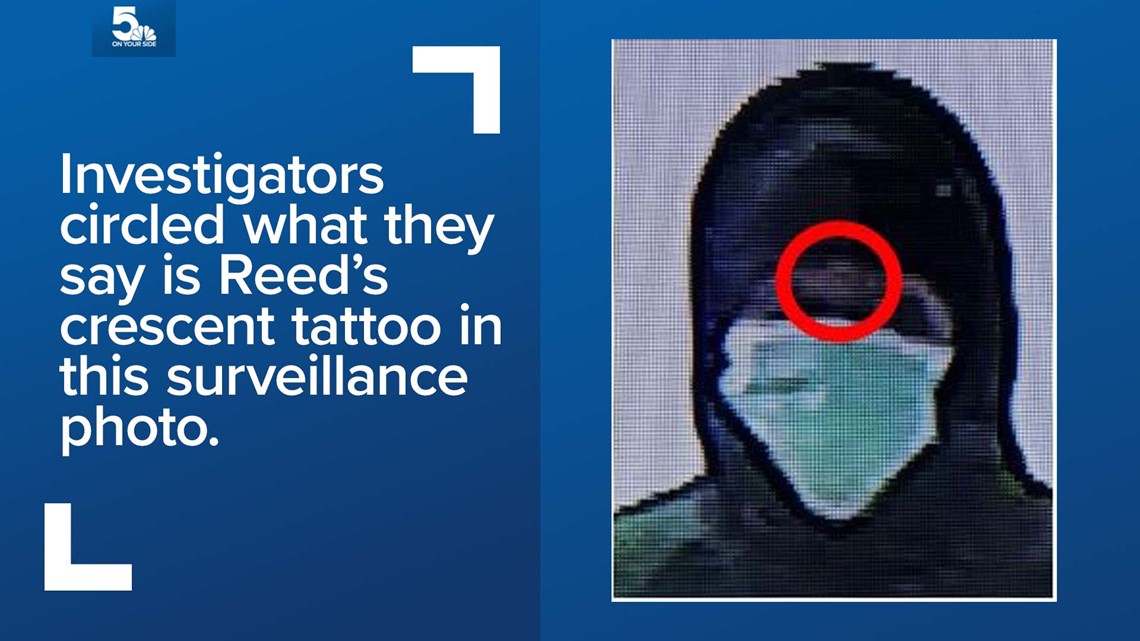ST. LOUIS — Byers' Beat is a weekly column written by the I-Team's Christine Byers, who has covered public safety in St. Louis for 15 years. It is intended to offer context and analysis to the week's biggest crime stories and public safety issues.
Editor's Note: This column discusses sexual assault and may be upsetting.
Detectives walk a line on how much information to release to the public and when. The size of the case does not matter in this delicate dance.
Sometimes they have to weigh whether releasing information about an investigation could spook a criminal enough to stop them from attacking others – even if it costs them the case.
In 2012, I covered a story about a serial rapist police believed was targeting Asian women in St. Louis County.
Police linked the cases with DNA evidence. After that story ran, detectives on that case weren’t happy.
Now that the rapist knows we’re onto him, he’s going to disappear, they told then St. Louis County Chief Tim Fitch.
What’s the alternative? I argued.
Say nothing about the fact that the same man had raped two women from a particular ethnic group?
Let him keep thinking no one is onto him, so he can rape again, and possibly leave better evidence or clues behind?
I wouldn’t want to have that conversation with the next victim.
What would they say? Because you were raped, we were able to catch this guy. That assault didn’t have to happen.
My mind returned to that experience many times during the past two months during conversations I’ve had with sources familiar with the investigation into Perez Reed – the alleged serial killer who is accused of killing six people in two states.
The facts and circumstances are different.
By the time police say Reed killed four people in the St. Louis area and shot at least two others, local investigators were still not completely confident the same person was responsible for all of them.
Publicly, their message was confusing, at best.
First, an alert came out in mid-September warning sex workers to be on the lookout for someone who may be targeting them after a woman was shot and killed and another woman was shot in the face, but survived, within hours of each other.
Then, after reporters started doing stories about resources for sex workers and interviewing sex workers about a potential killer, St. Louis and St. Louis County police leaders held a press conference to say three homicides – including the one first mentioned in the alert to sex workers – were connected.
But they wouldn’t say how they were connected, they denied saying they involved sex workers and stopped short – very short – of saying a serial killer could be responsible.
Behind the scenes, I argued with sources familiar with the investigation, at times, about calling a spade a spade.
But they held the line, telling me all they knew was the same gun was used in all of the crimes – but they couldn’t say with 100% certainty the same person fired it.
Guns get passed around among criminals all the time, they told me, and there didn’t seem to be a pattern to these crimes other than the same shell casings.
Victims varied in gender and age along with where and when they were attacked. Surveillance images were not definitive. The killer wore a balaclava mask.
If you’ve ever seen one, you know the only thing you can see is someone's eyes underneath one.
Telling the public the gun connected the crimes could prompt the killer to ditch it for another and continue on his rampage.
Then, about a week ago, things changed. Fast.
Investigators from Kansas City, Kansas called St. Louis authorities about two unexplained murders inside a high-rise apartment complex there. The suspect gave a security guard his driver’s license. A quick check of his record showed connections to St. Louis.
They called St. Louis police, who wasted no time moving in with federal partners to make an arrest.
The rest is history.
Turns out, Reed has family roots in Ferguson who are well aware of his mental health struggles and history of violence.
His aunt told Ferguson police she believed he was a danger to himself and others after she said he set her house on fire in 2016, according to a police report the I-Team obtained earlier this week.
He also has a crescent moon-shaped tattoo on his forehead.


Looking back, I asked investigators whether they think they should have released more information to the public – the surveillance images, their mounting belief that a single person was responsible for all of the crimes.
Could it have prevented the additional homicides in Kansas City?
Would one of his family members have recognized him?
Would one of his associates?
The problem, they told me, was time. By the time detectives combed through hours and hours of surveillance footage from various cameras around the scenes, the killer had gone quiet, they said.
They didn’t want to release surveillance images because they could generate false leads sending detectives in circles for days and also prompt the killer to get rid of a particular pair of shoes he was wearing in the footage.
Ultimately, when police arrested Reed, they say he was carrying a .40 caliber Smith & Wesson.
It’s the gun police believe was used in all of the homicides and shootings with which Reed has been accused.
And he was wearing the shoes.
The investigators I talked to about this case are confident about their decision to keep surveillance images secret and to back away from calling the case the work of a serial killer.
They firmly believe Reed would have kept killing, but stopped leaving somewhat of a trail with shell casings.
They’re confident the victims would not have changed their patterns of behavior – sitting at a bus stop, walking near vacant lots, going in their own apartments – had that information been released.
But, we’ll never really know.
The serial rapist in St. Louis County didn’t strike again following the publicity.
And those cases remain unsolved.
Anyone with information on either case is asked to call police at 314-889-2341 or CrimeStoppers at 866-371-8477.

